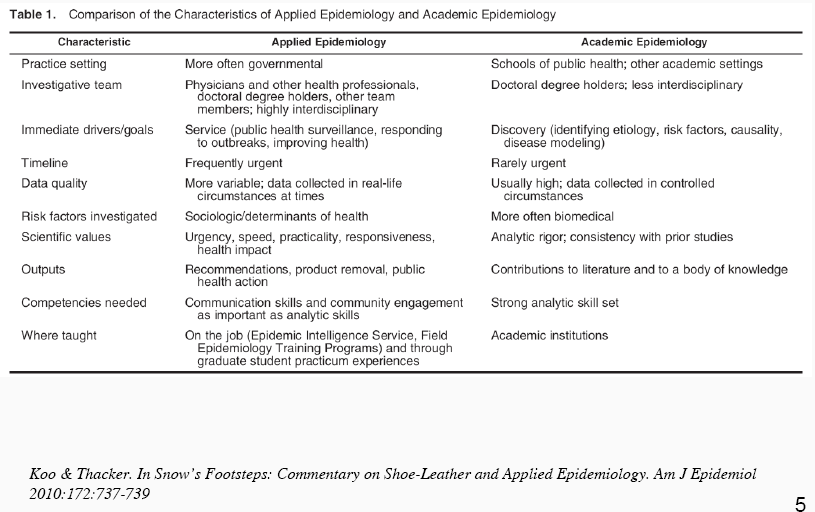Third term courses (January through mid March) started back up on Monday. It's amazing how quickly my schedule filled back up with classes, readings, seminars, meetings with students about internship opportunities, TA work, and Student Assembly work. But today I have good news and bad news. The good news: no class because it's a snow day after Baltimore got 5-6" of snow last night. The bad news: my power got knocked out (by the snow or the lightning, hard to tell which) so now I'm stuck staying with friends until I get heat, electricity, and wireless back. Oh well. I have some more substantive posts in the works including two book reviews (The Panic Virus and The Emperor of All Maladies) but here's something short for now.
In my first two terms at Hopkins I took Epidemiologic Methods I and II, the first two of a four-part series on methodology for epidemiology investigators. The methods taught were mostly related to large-scale, long-term studies on the etiology of noninfectious diseases. It's important and challenging stuff because the reality of so many diseases is very complicated, but the emphasis is also quite different from what I envision myself focusing on after grad school.
This term I'm in a brand new class called Professional Epidemiology Methods, the first of a two-part series that emphasizes how epidemiology is generally used in public health practice. To get an idea of the differences between these approaches, Dr. Carlos Castillo-Salgado of PAHO (who, with an MD, JD, MPH, and DrPH, gets the coveted unofficial award for "most degrees of faculty at JHSPH," which is quite an accomplishment given the degree proliferation in public health!) used the following table (click for larger version):
It seems that most graduate training epidemiology related more strongly to the right column -- academic epidemiology. That's vital research of course, but I'm glad to get some additional training oriented at the more applied aspects of epidemiology that I imagine I'll use more often while working on projects.
